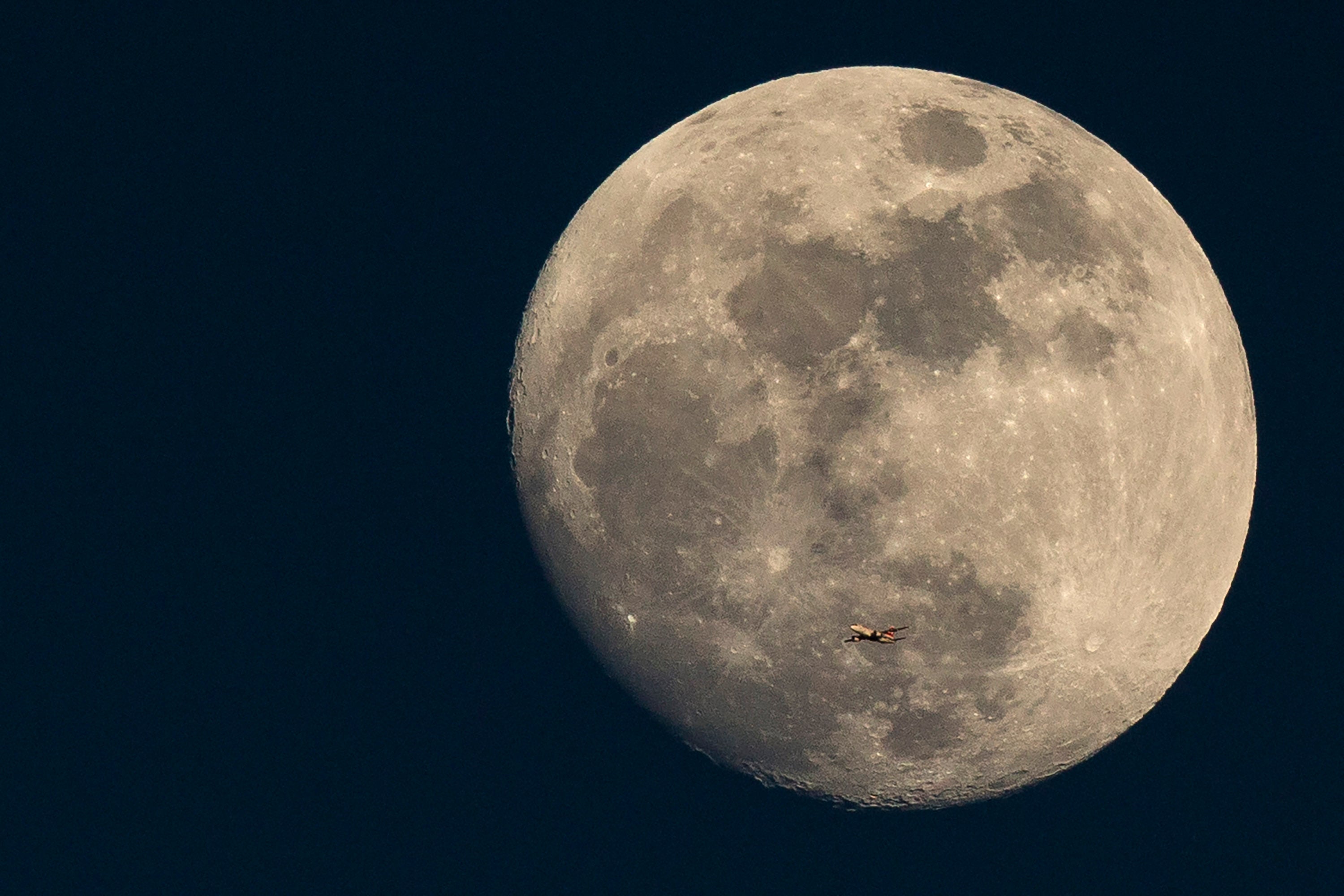The Moon is far older than we thought, scientists say
Around 4.5 billion years ago, a chunk of Earth was ripped off – and became our Moon

Your support helps us to tell the story
From reproductive rights to climate change to Big Tech, The Independent is on the ground when the story is developing. Whether it's investigating the financials of Elon Musk's pro-Trump PAC or producing our latest documentary, 'The A Word', which shines a light on the American women fighting for reproductive rights, we know how important it is to parse out the facts from the messaging.
At such a critical moment in US history, we need reporters on the ground. Your donation allows us to keep sending journalists to speak to both sides of the story.
The Independent is trusted by Americans across the entire political spectrum. And unlike many other quality news outlets, we choose not to lock Americans out of our reporting and analysis with paywalls. We believe quality journalism should be available to everyone, paid for by those who can afford it.
Your support makes all the difference.The Moon is far older than we thought, scientists have said.
Billions of years ago, a huge object the size of Mars collided with the Earth, scientists believe. A piece of the early Earth was torn away and flew into orbit around it, becoming the Moon we know today.
Scientists have not known exactly when that happened. But a new study suggests it was longer ago than we had realised: at least 4.46 billion years ago, 40 million years earlier than we thought.
The discovery was made using dust that had been bought back from the Moon by astronauts who travelled there in the Apollo 17 mission in 1972. That dust contained tiny zircon crystals formed billions of years ago, and those crystals could help us better understand the history of our neighbour, and in doing so help explain how the Earth became the place it is today.
“This study is a testament to immense technological progress we have made since 1972 when the last manned Moon mission returned to Earth,” said Dieter Isheim, from Northwestern University, who co-authored the study. “These samples were brought to Earth half-a-century ago, but only today do we have the necessary tools to perform microanalysis at the requisite level, including atom-probe tomography.”
Researchers analysed the crystals on an atomic basis, allowing them to count how many of them had seen radioactive decay. Scientists know how long that takes – so are able to count the age of a sample by measuring how much it has happened.
When the chunk of Earth broke off, it would have melted and then solidified to become to the Moon’s surface. When it was still molten, the crystals would not have been able to form, so the age of the crystals can tell us the minimum age of the Moon.
“Radiometric dating works a little bit like an hourglass,” said the Field Museum’s Philipp Heck, the study’s senior author. “In an hourglass, sand flows from one glass bulb to another, with the passage of time indicated by the accumulation of sand in the lower bulb.
“Radiometric dating works similarly by counting the number of parent atoms and the number of daughter atoms they have transformed to. The passage of time can then be calculated because the transformation rate is known.”
An article describing the work, ‘4.46 Ga zircons anchor chronology of lunar magma ocean’, is published in the journal Geochemical Perspectives Letters.
Join our commenting forum
Join thought-provoking conversations, follow other Independent readers and see their replies
Comments